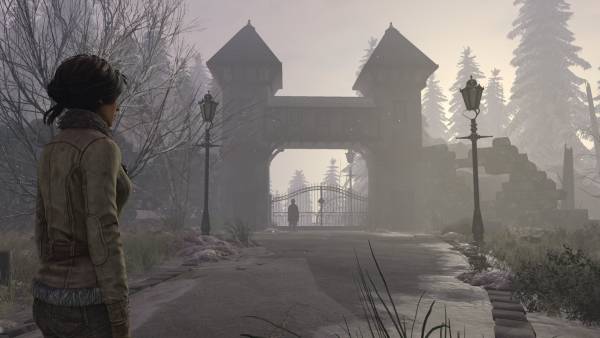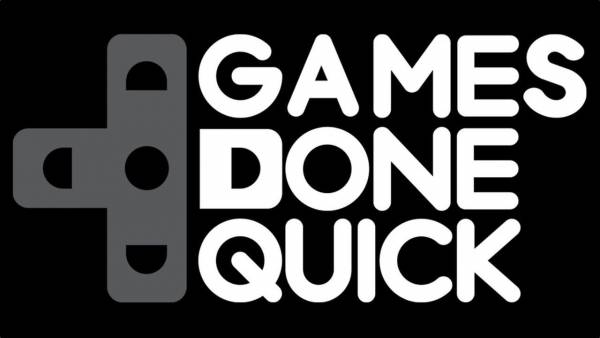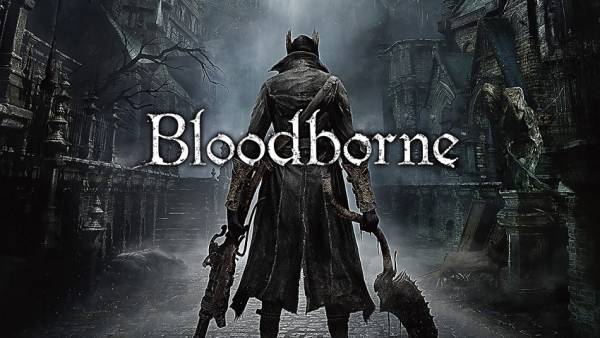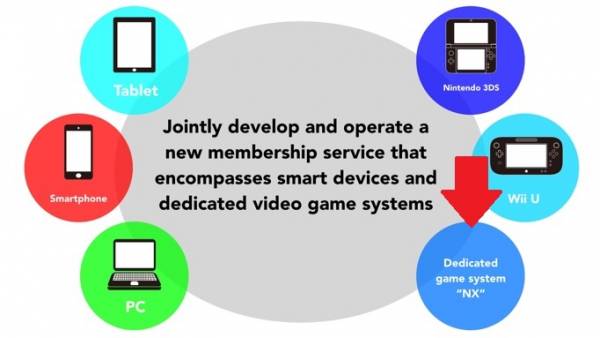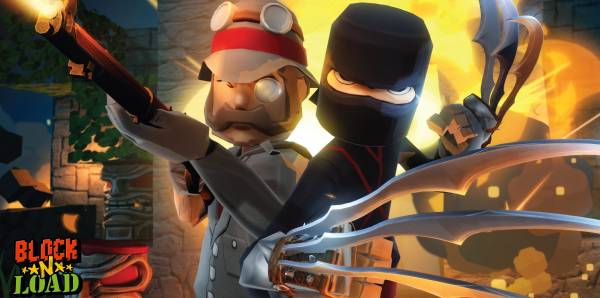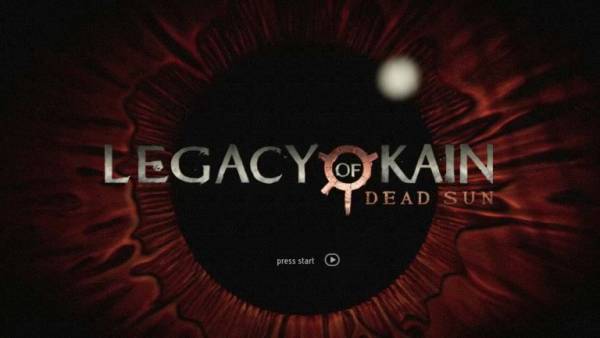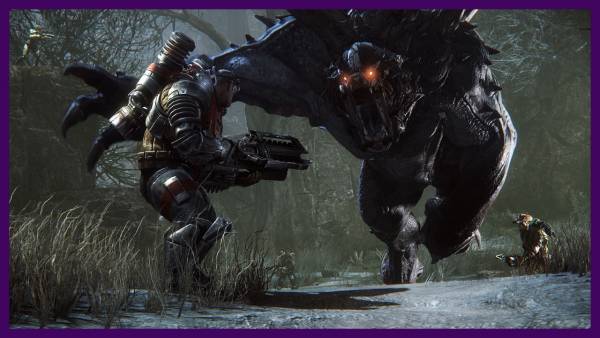P.T is probably one of the most original things to come out of the gaming industry this decade. Announced at Gamescom 2014 with a trailer, everyone thought that P.T was a new IP coming for the PS4, and not only did we get a trailer, but we also got a demo, which was available for download as soon as it was mentioned.
That “demo” wasn’t a demo for an upcoming horror game. Well maybe it was. Come with us on a journey to face our demons as we tumble down the rabbit hole that is P.T. Some gameplay spoilers for P.T follow.
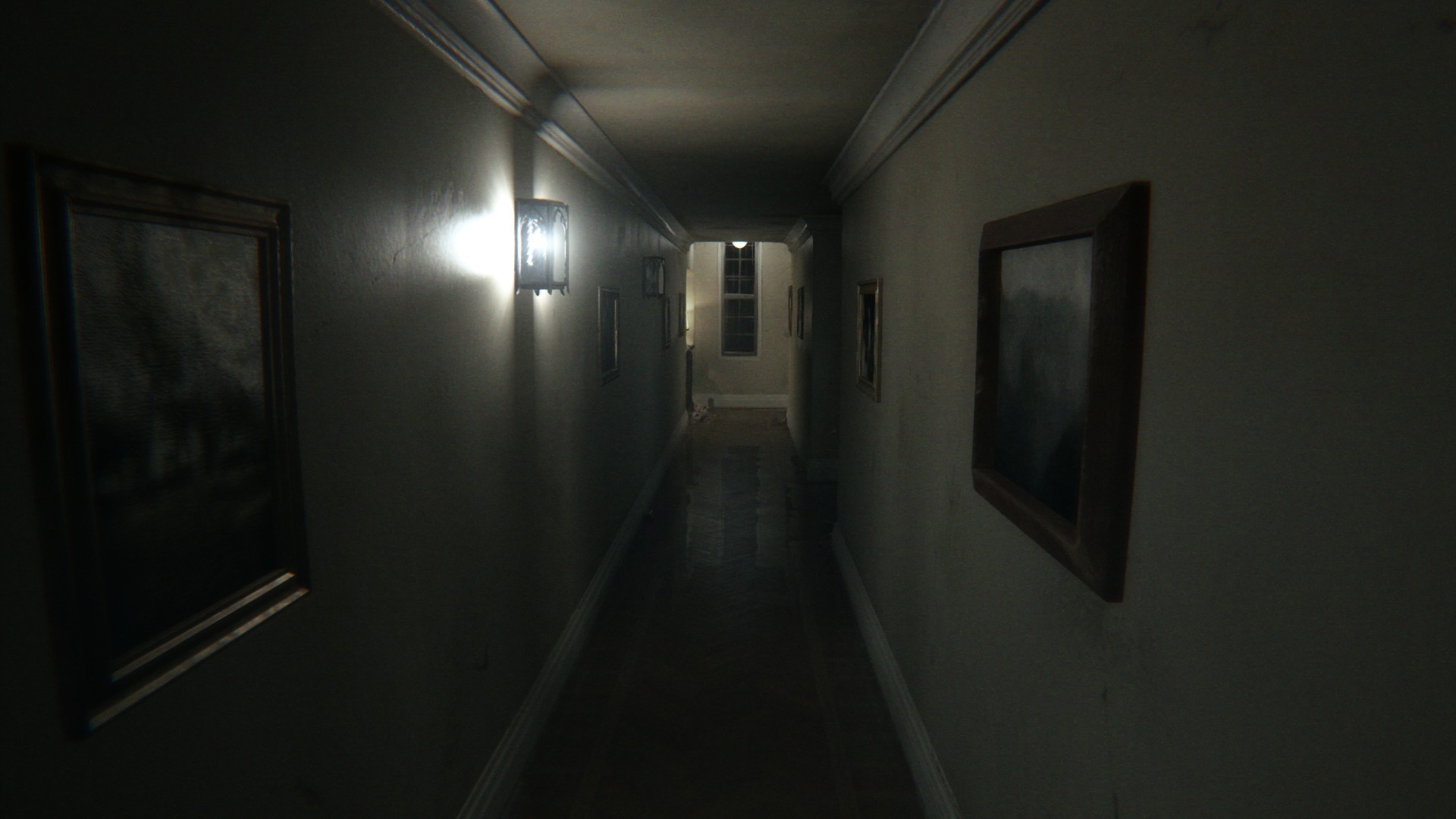
A corridor. That’s essentially all P.T is – a corridor taken out of a nondescript suburban house, with almost photorealistic presentation thanks to its engine (which we’ll get to soon). At this point, you might be forgiven for thinking that this isn’t even a horror game. A nice detail is that the digital clock on a small cabinet reads 23:59.
A simple trip through this house and already an unsettling radio broadcast is heard. A family has been brutally murdered by the father, a scenario made even more chilling by the radio’s revelation that the mother was pregnant at the time.
The environment features family photographs on cabinets, empty pill packets strewn about, a child’s teddy bear…this family home was clearly hiding something sinister, and the first surreal element kicks in when you walk through the door at the end of the hall, down some stairs. Suddenly all sense of space is destroyed as we find ourselves where we started, at the beginning of the corridor. Still 23:59.
This continues, and each “loop” changes something about the area, be it the colour of the lights, or how many other rooms are accessible. I won’t describe every scripted event in detail as it needs to be played to be truly felt, plus this article would triple in size. Each loop is more deranged than the last, and eventually it’s made clear that you are not alone. A ghostly spectre, unnaturally twitching as if played back on VHS, is somewhere in this house with you, and part of P.T’s genius is how the ghost’s appearances are procedural.
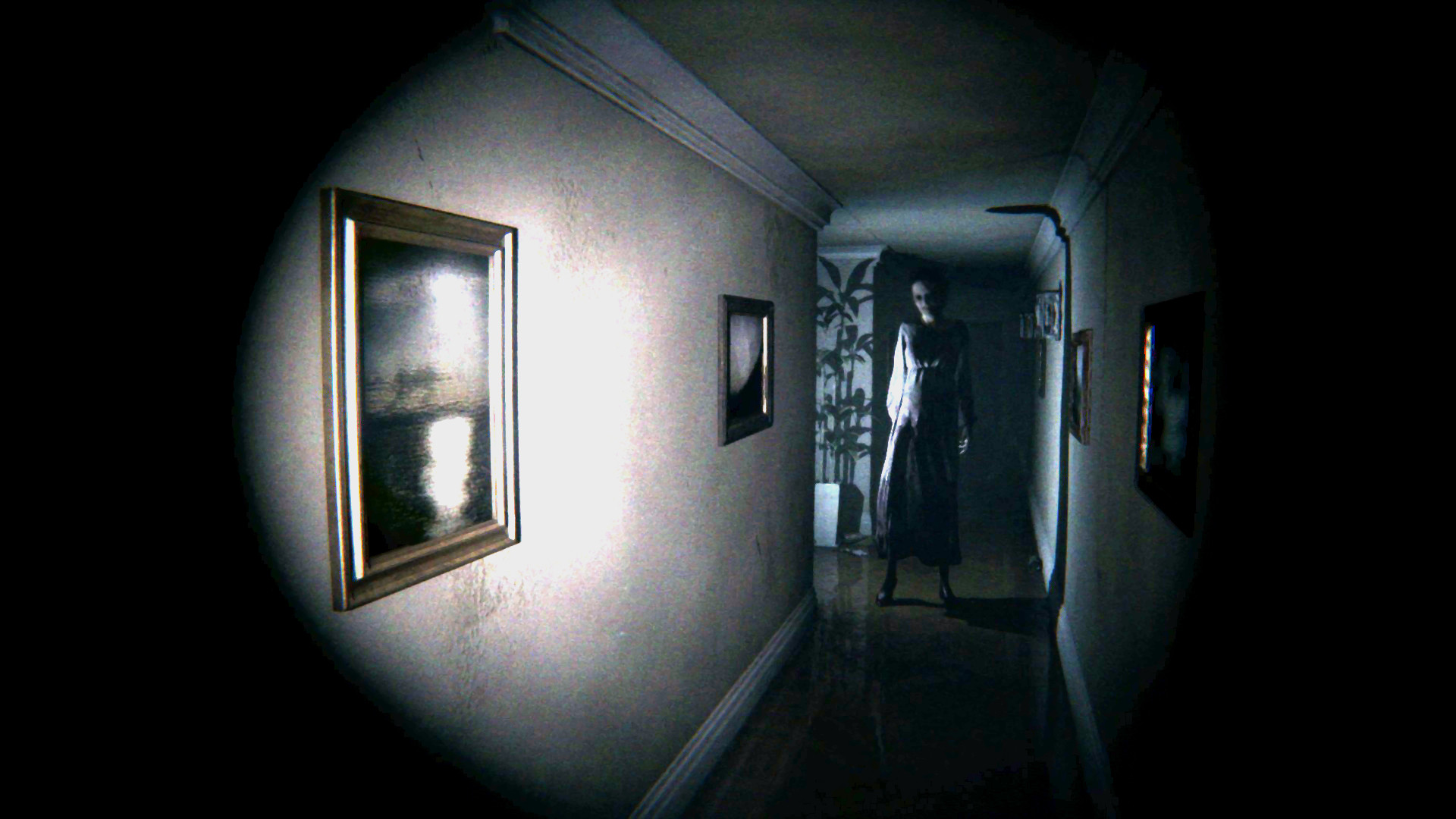
P.T features deliberately obtuse puzzles throughout its run-time, designed to get you to go through loops at the wrong moment, and to incur the wrath of the ethereal presence that haunts you. Eventually, through scribbling on the walls, it can be deduced that the ghost’s name is Lisa, and she haunts you for some reason. This is where one of the most effective jump scares ever created comes in, as Lisa can be anywhere, at any time. If you haven’t solved the optional photograph puzzle, you’ll definitely know it.
As P.T continues, it messes with almost every parameter it can. The layout of the house, your character’s movement speed, the pictures on the walls, the colour of the lights and even whether or not the game is working is all questioned, making it feel like anything is possible in this surreal world.
Eventually it is suggested that this house belonged to the family, that Lisa was the pregnant wife and that we’re playing as the husband. Does this mean that we’re in our own personal place of punishment that only looks like this to us, based on our experiences? Does that sound familiar to fans of a certain horror franchise?
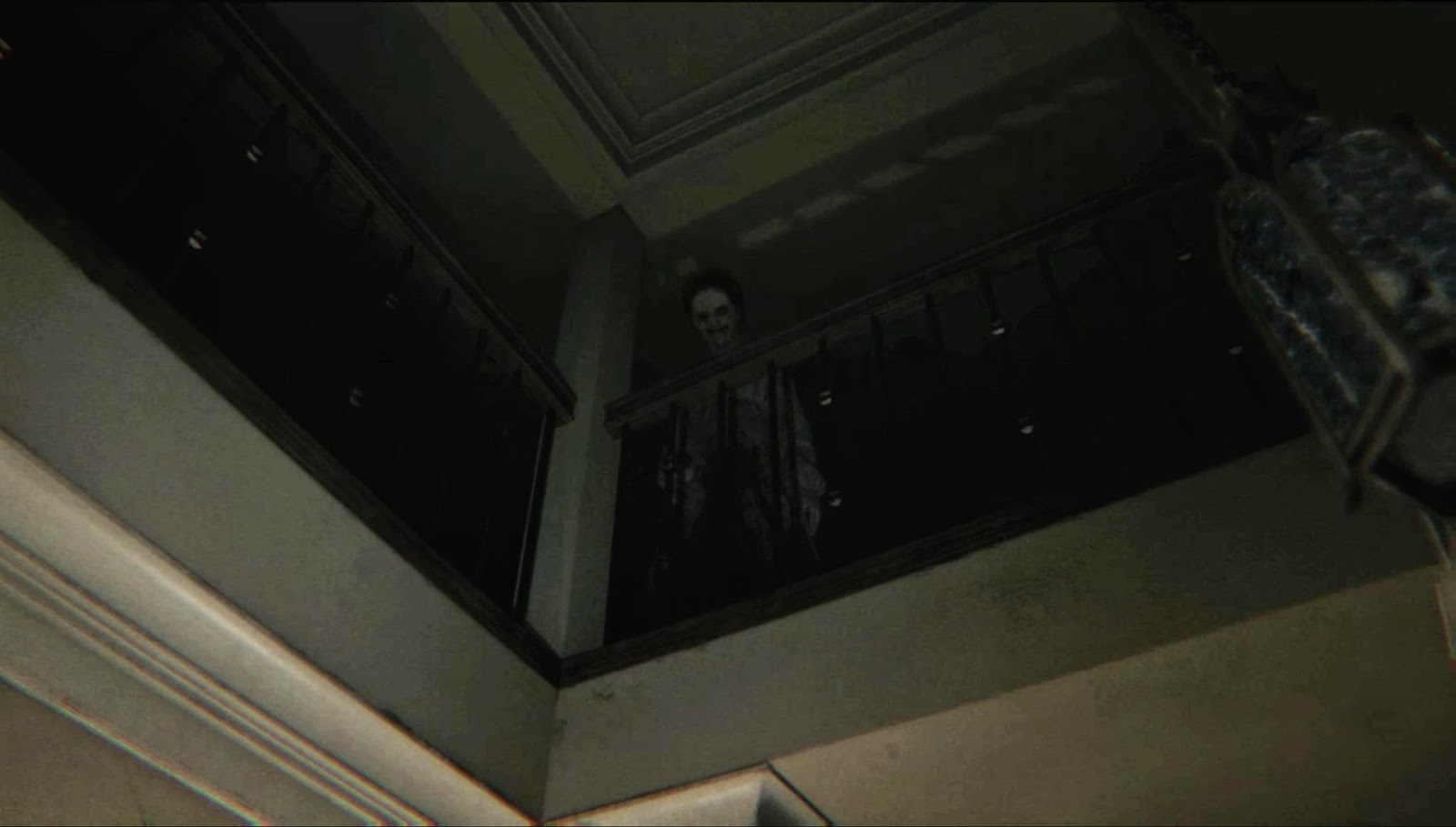
23:59 finally becomes 00:00. The twenty-fourth hour announces its arrival with a thundering roar from a grandfather clock, and Lisa spawns on the map somewhere, forever haunting you as you are destined to repeatedly loop through this nightmare for all time.
P.T’s sound is one of the undoubted highlights. The creaky swing of a metal lamp fixture and the otherworldly ambient “music” that signals Lisa’s arrival are almost unbearable, especially with the right equipment. I implore you to play P.T either with a headset or on the best, biggest speakers you can find. Nothing can prepare you for the sudden cry of a baby as you turn a corner with the sound up. Even the silent moments are unsettling as there’s only the sound of your footsteps to keep you company.
But P.T has one last surprise up its sleeve, and it’s revealed in probably one of the most unsolvable puzzles to come about in a long time.
Hidden throughout this house from hell are pieces of a photograph that appears to be of a younger Lisa. Every time you pick one up, a flash of text will appear on the screen; a different language for each fragment. These pieces of text form a cryptic message that, when deciphered, gives you the solution to P.T’s final enigma, as well as the truth.
A bizarre requirement of walking a certain amount of steps after midnight leads to a series of events, ending with the phone on the cabinet ringing. “You’ve been chosen”, it says, as if the puzzle was the initiation ritual for only the special few. I’ve tried to remain as vague about its solution as I can as it really is a doozy. After this totally strange, completely messed-up journey, the hallway finally stops looping and a teaser trailer plays.
So many revelations occur at this point. In a stunning twist, we were playing a Kojima Productions game on the Fox Engine the whole time! P.T is finally revealed to stand for Playable Teaser (the name alone garnered a round of applause when Kojima said it), and we scoop up whatever’s left of our minds after they promptly blew up.
A playable teaser, yes for a new, long-awaited entry in the Silent Hill series. Called Silent Hills, the game has a star-studded line-up of names behind it. Hideo Kojima, who will likely be in charge of game design; filmmaker Guillermo Del Toro, who will probably serve as art director; and a protagonist played by Norman Reedus.
Getting away from the trailer for a bit, P.T still stands as one of the best horror experiences to come along in a very long time. 2014 has been quite the year for horror, with Outlast and Slender: The Arrival coming to consoles, and Five Nights at Freddy’s, The Evil Within, Alien Isolation and more being released. P.T wins, hands-down, for me.
P.T’s strength is its unparalleled strangeness, and its procedural hauntings not only make it stand repeat playthroughs, but make it remain scary during repeat playthroughs. P.T is full of enigmas, unanswered questions and disturbing imagery (I haven’t even mentioned the aborted foetus in the sink yet), wrapped up in a well-produced, breadcrumb-trail narrative that continues to intrigue long after you’re finished with it. For me this makes it one of the best games of 2014, and should stand alongside its contemporaries in any end-of-year trophies.
